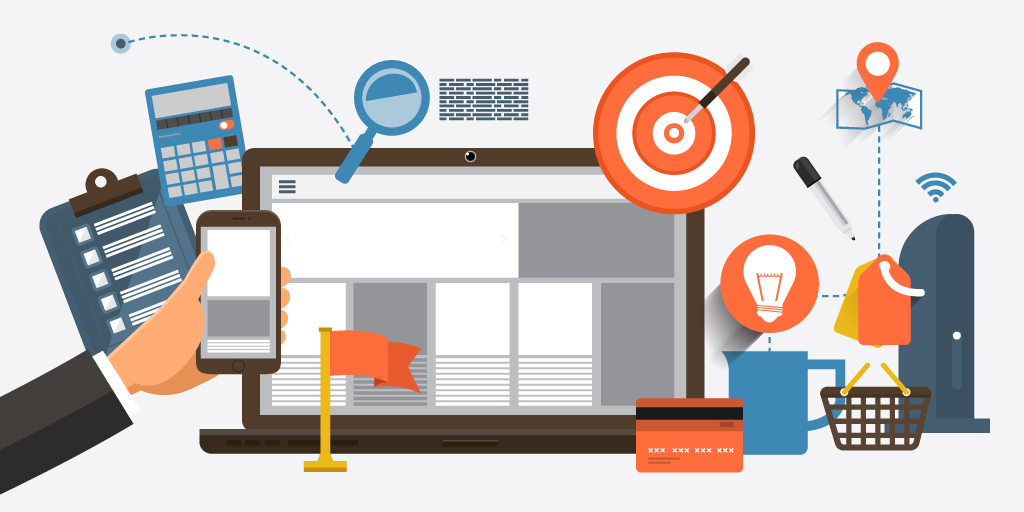Blog
What is Digital Transaction Management?

Digital Transaction Management (DTM) is the process of managing routine documented-based tasks through electronic means.
Whether onboarding new employees, sending electronic purchase orders, delivering financial documents like credit reports and payroll, or sharing marketing collateral with your global team, you need an efficient system of managing your digital transactions and keeping your operations on track.
What’s more, relying on manual or paper-based processes may be eating away at your bottom line. According to Aragon Research:
Paper-based processes remain one of the largest cost centers in the enterprise. When
evaluating the total cost to produce paper, it is in the range of 1-2% of enterprise
revenues.
What Are The Benefits of Digital Transaction Management?
The key advantage to managing your documents and document-based tasks through digital channels is business process streamlining. By automating routine document-related tasks such as contracts and accounting functions, you can reduce the costs of doing business, free up employee time to focus on more important bottom-line-oriented business tasks, and achieve a faster time-to-revenue cycle. In other words, your business will be more efficient and profitable.
Another benefit to DTM is the ability to efficiently and effectively collaborate on projects. Email is an effective communication system, but for projects that require multiple parties working on the same document, it’s not ideal. DTM makes processes with multiple reviewers and input steps easy.
What Kind of Documents Can You Manage With DTM?
You can improve any document-based process with digital transaction management. Here are just a few examples of how DTM can make your business more efficient:
Sales Documents
Your sales team can send documents for clients to review and sign without getting lost in email chains. By sending quotes, non-disclosure agreements, and contracts digitally through a single system, you can automate the process and shorten the sales cycle.
Applications, Resumes, and New-Hire Paperwork
Human Resources can receive applications and resumes, share information about each interviewee, and get offer letters signed easily with less confusion. New employee orientations can be handled more efficiently as new-hire paperwork is completed and processed internally and with your business partners.
Legal Documents
Digital signatures on contracts and other legal paperwork are secure and legally binding. Being able to send documents and secure signatures digitally also reduces the time it takes to execute them.
High Valued and Confidential Documents
Executives can share boardroom meeting minutes, agendas, shareholder information, and other high-value documents that require secure handling without worry that those documents will end up in the wrong hands or before the wrong eyes.
Marketing Documents
Your marketing department can work with internal creatives and freelancers more efficiently by sending and receiving assignments, specs, and collateral through one-to-one channels or with multiple parties to ensure that all projects are completed on time and delivered according to your brand’s values.
Invoices, Receivables, and Payroll Documents
Accounting can process invoices, receivables, and payroll documents securely and reduce paper consumption and eliminate the practice of hand-delivering folders to each approver.
Employees at every level of the organization and within every department of your business can use digital transaction management to share information, send and receive documents, and collaborate on projects. Whether they work in your office, at a satellite location, or telecommute, a cloud-based DTM solution makes your business more efficient and your employees more productive.
Workflow Automation and Digital Transaction Management Go Hand-in-Hand
Every organization benefits from optimized workflows. The larger the organization, the more important it is to have workflows that are organized, efficient, and cost-effective. Every dollar you spend on managing workflows manually is a dollar that cuts into your profit margins.
Government agencies, non-profits, enterprises, small businesses, and midsize businesses must all manage workflows on some level. Cross-agency and interdepartmental workflows are the most challenging because managers and employees may be on different systems which might make for cumbersome transfers. One cloud-based solution that allows every member of a team to interact with your documents and workflows will make the digital transaction management process seamless and less costly.
If DTM is powerful and productive, automated DTM is even better. Every executive or manager required to sign a document can be included in succession. Departments that interact with the same document at different times and on different levels can be automatically included in the process at just the right time.
Automated workflows and digital transaction management are two processes that work well together to improve any organization from a small business to a global enterprise. In the 21st century, they’re not just new tools to try, but organizational necessities.



